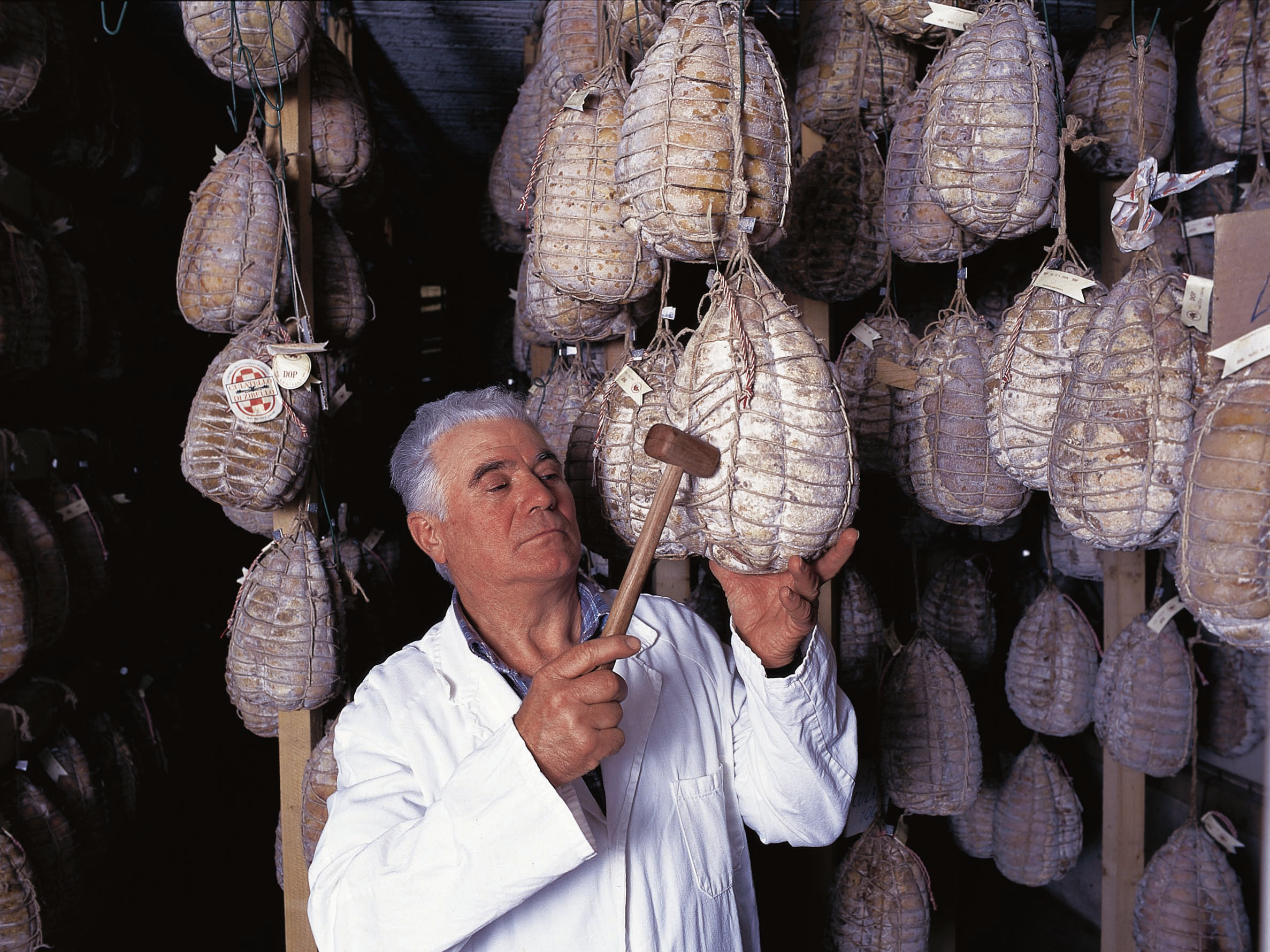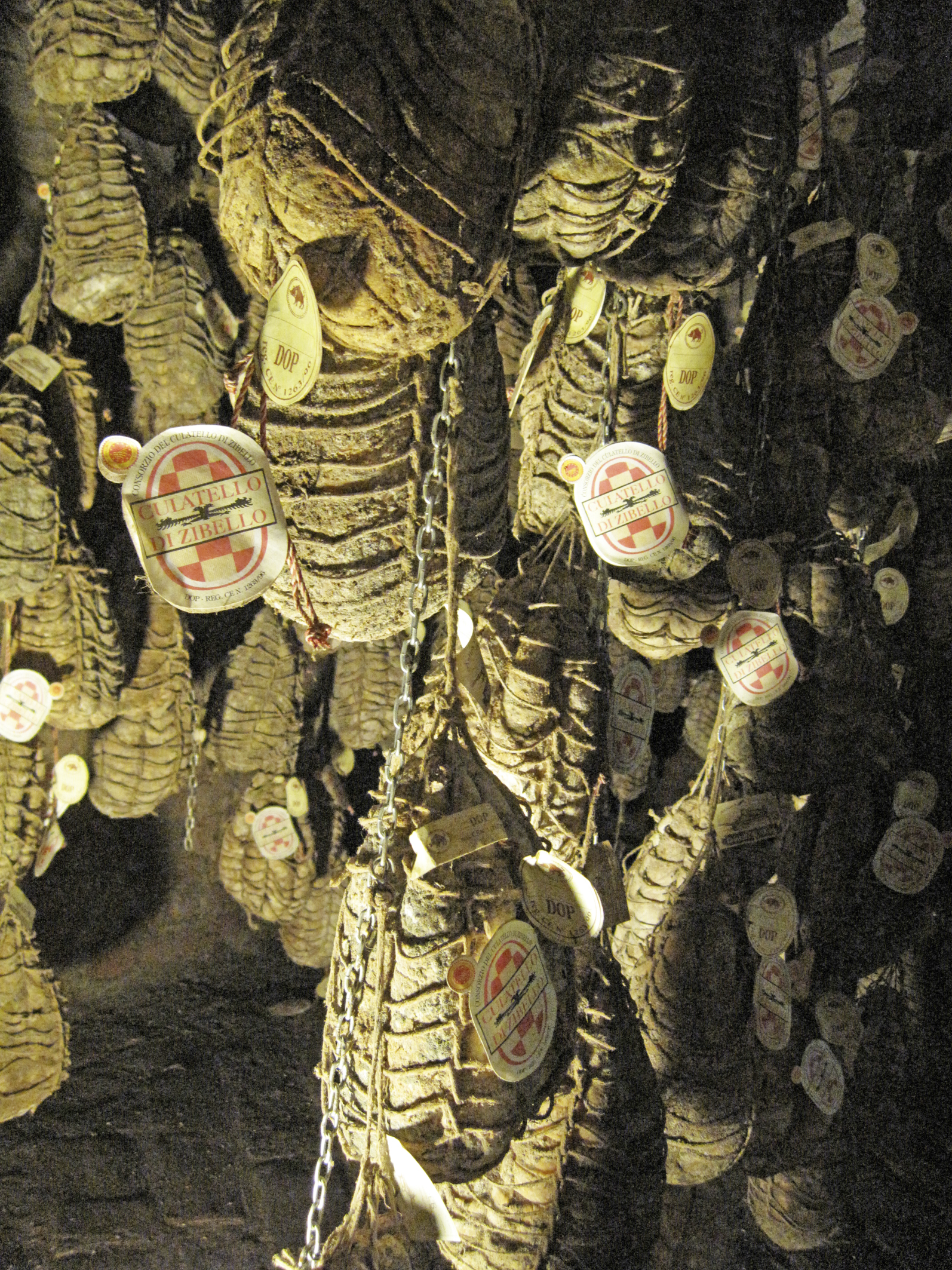The food world is ripe for hot takes. There are no barriers to entry. There’s no need for expertise. Just taste. After all, if we can’t trust our palates, what can we trust? Mayo bad! Soup sad! Reese’s cups rad! It’s all incredibly reductive but also unarguably fun. In this frenetic world of high-stakes politically driven information trading — where we all feel the need to have opinions on almost everything that happens, offer them up with a certain degree of definitiveness, and cast them out them into the world via social platforms only to have our followers point out the layers of nuance which we missed and leave us feeling like the biggest idiots on the planet — food offers us a chance to feel sure of ourselves.
You might be dead wrong, like #Faturday founder and UPROXX’s own Andy Isaac is about mac & cheese, but is anyone really going to be mad? Though mac & cheese is so foundational to my life that it’s virtually its own food group, I’m still happy to sit down to a plate of wings with Andy the next time I’m in his hometown of Detroit. We can still be pals. I mean, the conversation will be exclusively dominated by me hectoring him about how fundamentally flawed his mac & cheese opinion is, but, like, there won’t be hard feelings.
I digress.
The point is that food is probably the best medium to act like we’re right and anyone who disagrees is a fool (except when our opinions cross over into cultural imperialism). So here’s an opinion for you: The best cured meat on the planet isn’t the much beloved Jamón Iberico. It’s not Proscuitto di Parma, either. It’s something you probably haven’t heard of. It makes speck and pancetta look like trash meats. It mocks bresaola, liverwurst, and head cheese. It’s called Culatello di Zibello, it comes from Emilia-Romagna, Italy’s famed “Food Valley,” and it is absolutely worth planning a full trip around.
Literally, flight, rental car, hotels… all of it. The whole deal, just for some aged pork. Pick your cured meat and come at me swinging. I promise this is better.

Before I even tell you about the product known as Culatello di Zibello, let me assure you: I have eaten and loved a lot of Jamón Iberico in my day, I’ve stood in a room full of dangling, delicious Proscuitto di Parma, and I have Lap Cheong in my fridge right-freaking-now. Culatello smashes them all. It’s more nuanced flavor-wise and it’s got a better story. It’s also far rarer.
So what is it, exactly?
In Italian, “culatello” means “little ass.” Rather than a bone-in shank, like most cured hams, the meat used is literally just the butt cheek (the cheek that the pig doesn’t sleep on is preferred). From there, the production process is a wild, almost psychedelic journey of Italian culinary invention. First, the meat is kneaded like bread for a few days. It gets drenched in local salt, cracked pepper, garlic, and sparkling wine while being handled with the utmost care. Next, it’s stuffed inside a pig’s bladder and wrapped in twine. After a short rest, it’s hung in a basement. A dingy, musty, moldy basement that remains damp year-round. The few producers of this product are all along the Po River and at this point in the process, the region’s famous fog becomes an extra ingredient. (When Massimo Spigaroli, the head of Michelin-starred Antica Corte Pallavicina was asked by the Prince of Wales to age culatello at the Royal Palace, he refused because Britain’s fog wasn’t the same.)
As the culatello changes with time, sparkling white wine is poured on the basement floor during the warmer months. Just dumped out and allowed to evaporate into the hams or sink into the hard-packed dirt. You think they do that a few miles down the road in Parma when they cure prosciutto? Never. Those facilities are as clean and sterile as bank vaults. Meanwhile, each culatello has to be scrubbed multiple times after its aging just to get all the mold off the pig’s bladder. When I toured Antica Corte Pallavicina they told me that the culatelli are rotated every few months and the windows are opened on certain days and not others, all depending on the weather and the moisture in the basements.
There’s no special equipment. Everything is done by intuition. Other cured meats are science; this is art.

So how does it taste? I mean, how much better could any ham be than Spain’s beloved Iberico, with its nutty, unctuous earthiness?
Culatello tastes like… it’s the only meat product I’ve ever had where you get the sense that maybe the pigs were happy with their fate. Like one said to the others, “Guys, we’re a part of something bigger than us. We go now, but we go to glory!” (Vegetarians aren’t going to love that idea, but by the converse, I’m also admitting that you can almost intuitively sense the squealing, panicked death knell of a pig used to make 7-11 pepperoni sticks. That’s the start of a solid case for giving up meat.)
More specifically, the flavor of culatello (the highest expression of the form, coming from black pigs and aged 36 months) is tough to pin down in the most enjoyable way possible. You have to explore the meat as it literally dissolves by the warmth of your tongue. Italians like to say you can assapora la nebbia, which is to taste the fog. You can definitely taste the bubbly wine — both in its lightness and sweetness. It’s also slightly reminiscent of truffles and you get notes of quality Italian anchovy oil. And then there’s the famed culatello funk. You sense the cellar and the cobwebs; the time and energy that went in.
If philosopher Alan Watts tasted culatello he would have quickly been able to see its place in the greater cosmic firmament. An example of the ever-entangled dance of life and death. Dead pigs, wrapped in living mold, aging in a crumbling basement and consumed for pleasure by humans. It’s a product of decay that tastes… enlivened. Like it dances on your palate. (Dramatic? Yes. But also true.)
Starting quite recently, you can buy culatello in the US, but it’s not made by the same consortium that Antica Corte Pallavincina is part of. The molds in the basement and lack of climate control make the culatello I tasted impossible to get cleared for US imports. Massimo Spigaroli has wondered aloud if the USDA-approved version — imported by Eataly and made by Negroni — loses something of its ephemeral essence. For a cut of ham that is literally based on ephemeral essence, the idea that a more standardized production method would create a lesser product holds up (imagine for a moment the lovely absurdity of flavoring a cut of meat with fog and evaporated wine!).
Which means that to get the real thing you need to travel. You need to walk along the Po and visit Antica Corte Pallavincina or another nearby producer. You need to stand in the musty basement and see the little wooden plaques marked with the names Massimo Bottura or Principe Carlo or Alain Ducasse. Or order it at an osteria in Modena or Bologna. Maybe, if you’re lucky, you can find some of the good stuff in a tiny shop in France or Austria. I spotted it once in Paris, the price was absurd but what do you expect (there are only 5,000 black pig culatello produced each year)? If you want to taste true Culatello di Zibello you’re going to have to make an effort.
Maybe that’s as it should be. First of all, because it makes my hot food take harder to disprove, but also because it speaks to a far more expansive idea: In the era of over-tourism, there’s still a great big world out there ripe for exploration. It’s full of fascinating foods and towering chapels and virgin forests that will surprise you and catch you off guard. And though you may not visit Italy to eat culatello in 2020, you very well might go someplace else to track down something you’re equally passionate about. You might find it our Travel Hot List, released just a month from today. Or you might hear about it from a friend or online or at a party or in a book.
The point is that a food like culatello isn’t just food. It’s an experience. And experiences are the building blocks of a life well-lived. Which is the very opposite of a controversial take, but one that I’m glad to stand by with certainty nonetheless.







